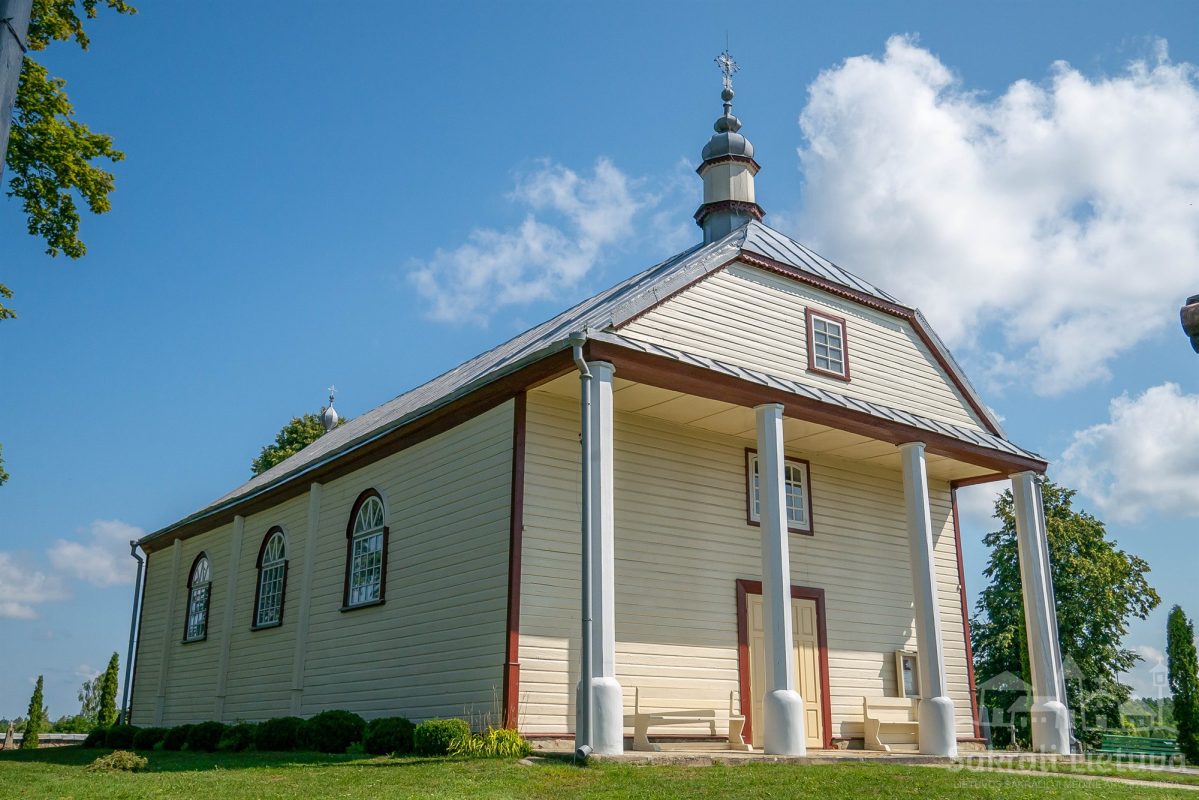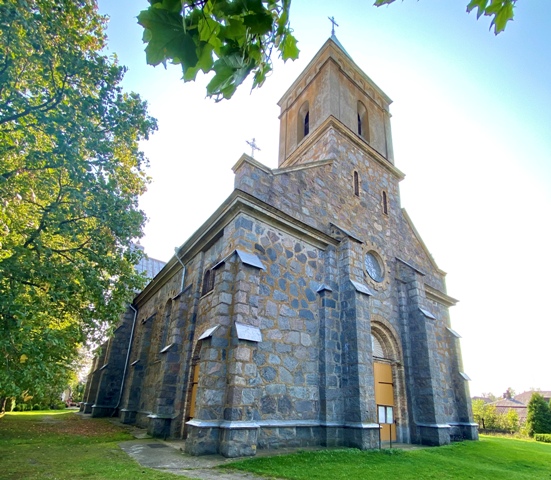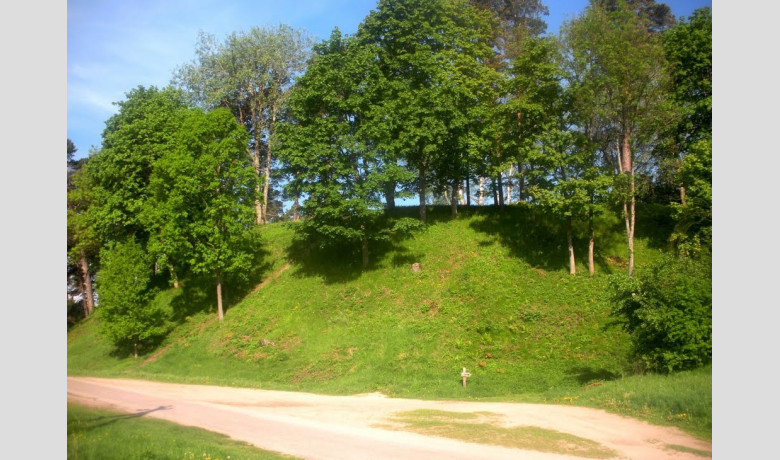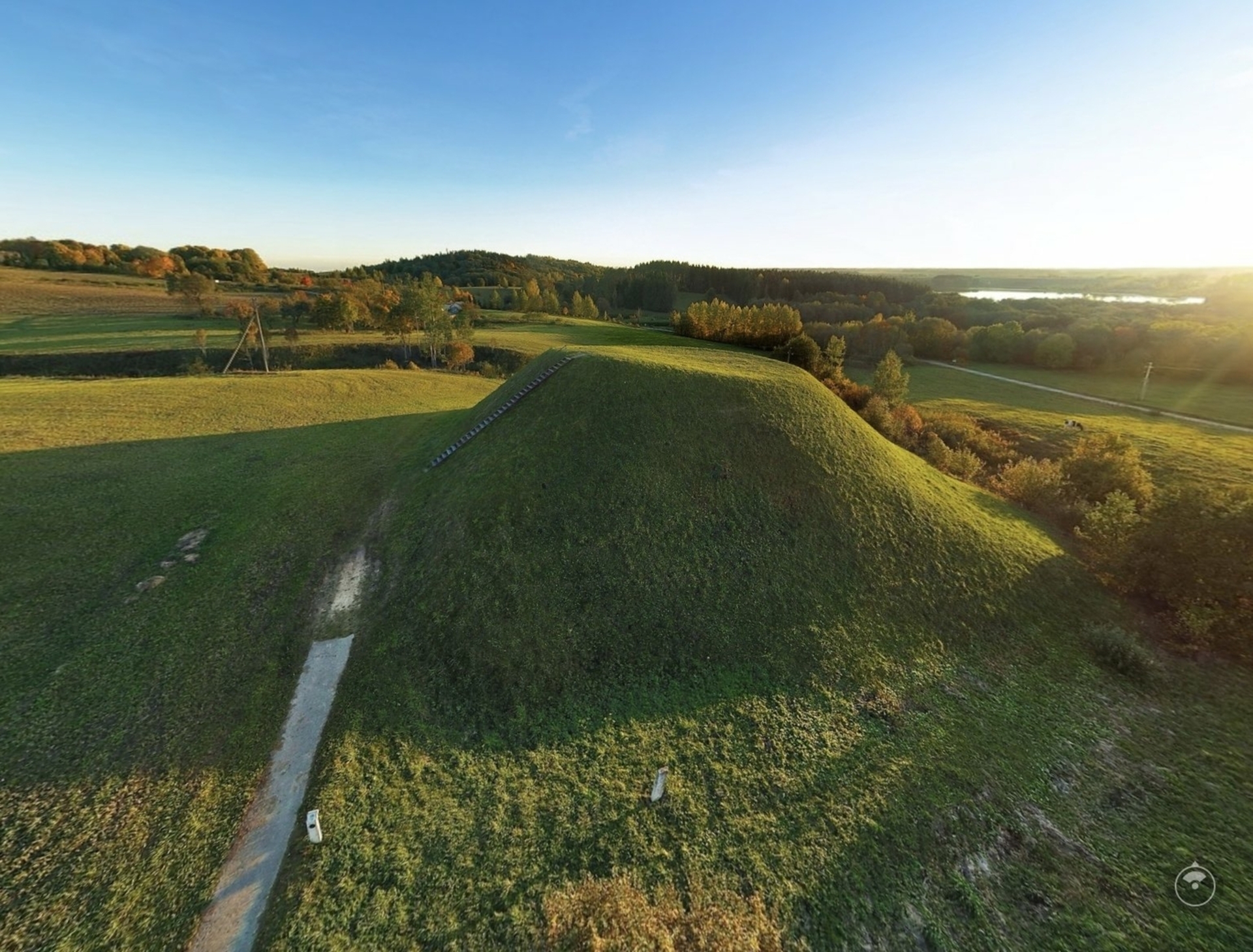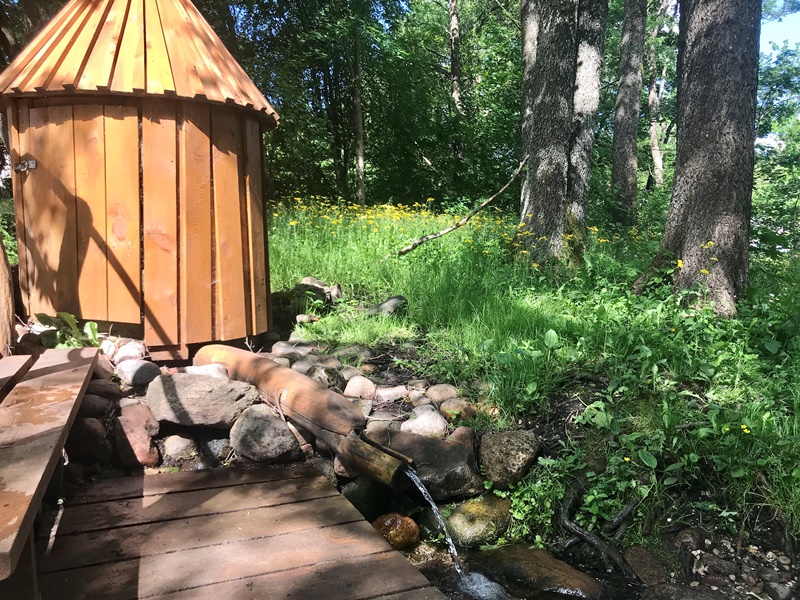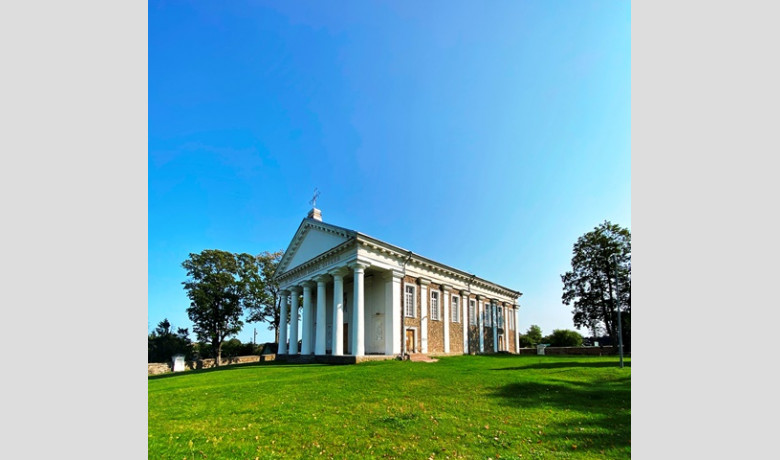Onuškis Church of St. Apostles Philip and James

196

0

1
0 out of 5
(0 reviews)
Onuškis is a small town in the Trakai district, located about 30 km southwest of Trakai. It is the center of the eldership and sub-eldership.
Info
-

Religious Heritage
Onuškis is a small town in the Trakai district, located about 30 km southwest of Trakai. It is the center of the eldership and sub-eldership. To the north, 800 meters away, lies Lake Samys, from which the Samė stream flows. The settlement is mentioned in historical sources since the 15th century. In 1505, a church was built, and in 1511, Onuškis Manor was mentioned in the lands of Skundonys village. It is said that in the 15th century, Grand Duke Vytautas of Lithuania settled Tatars in this area to guard the road to Trakai. In 1524, Grand Duke Sigismund the Old granted the manor owner the privilege to establish a town, hold markets in the square, and maintain inns. The settlement near the manor grew rapidly, and by the 1534 inventory, it was already called a town. In 1567, Onuškis received a privilege for fairs. It is believed that the church belonged to the Evangelical Reformers at the end of the 16th century. Onuškis is marked on the map of the Grand Duchy of Lithuania in 1613. In 1683, it received the right to hold trade fairs. At the beginning of the 19th century, the wooden church burned down, and thanks to the efforts of the landowner K. Šetkevičius, the brick and stone Church of St. Apostles Philip and James was built between 1823 and 1829. In the 19th century, there was a large distillery, a sawmill, a primary school, and markets and trade fairs were held. After the 1863 uprising, Onuškis Manor was confiscated by the tsarist government and gifted to Count Olsufyev. The town suffered during wars and conflicts among nobility. However, the cobblestone square with buildings around it, an urban monument, has survived.
Several notable figures from the past and present have originated from Onuškis. Donatas Malinauskas, a signatory of the Act of Independence of Lithuania, was born here. Onuškis is also the childhood town of sculptor Juozas Lebednykas. Now living in Panevėžys, the artist adorns his hometown with
sculptures. In Onuškis, one can find art pieces in unexpected places. To the north, 800 meters away, lies Lake Samys, from which the Samė stream flows. The settlement is mentioned in historical sources since the 15th century. In 1505, a church was built, and in 1511, Onuškis Manor was mentioned in the lands of Skundonys village. It is said that in the 15th century, Grand Duke Vytautas of Lithuania settled Tatars in this area to guard the road to Trakai. In 1524, Grand Duke Sigismund the Old granted the manor owner the privilege to establish a town, hold markets in the square, and maintain inns. The settlement near the manor grew rapidly, and by the 1534 inventory, it was already called a town. In 1567, Onuškis received a privilege for fairs. It is believed that the church belonged to the Evangelical Reformers at the end of the 16th century. Onuškis is marked on the map of the Grand Duchy of Lithuania in 1613. In 1683, it received the right to hold trade fairs. At the beginning of the 19th century, the wooden church burned down, and thanks to the efforts of the landowner K. Šetkevičius, the brick and stone Church of St. Apostles Philip and James was built between 1823 and 1829. In the 19th century, there was a large distillery, a sawmill, a primary school, and markets and trade fairs were held. After the 1863 uprising, Onuškis Manor was confiscated by the tsarist government and gifted to Count Olsufyev. The town suffered during wars and conflicts among nobility. However, the cobblestone square with buildings around it, an urban monument, has survived.
Several notable figures from the past and present have originated from Onuškis. Donatas Malinauskas, a signatory of the Act of Independence of Lithuania, was born here. Onuškis is also the childhood town of sculptor Juozas Lebednykas. Now living in Panevėžys, the artist adorns his hometown with sculptures. In Onuškis, one can find art pieces in unexpected places.
Found a mistake?
Report
Whats new?
Nearby attractions

 Entertainment
Entertainment
 Food establishments
Food establishments





























 54.483591, 24.594158
54.483591, 24.594158
 Get directions
Get directions








